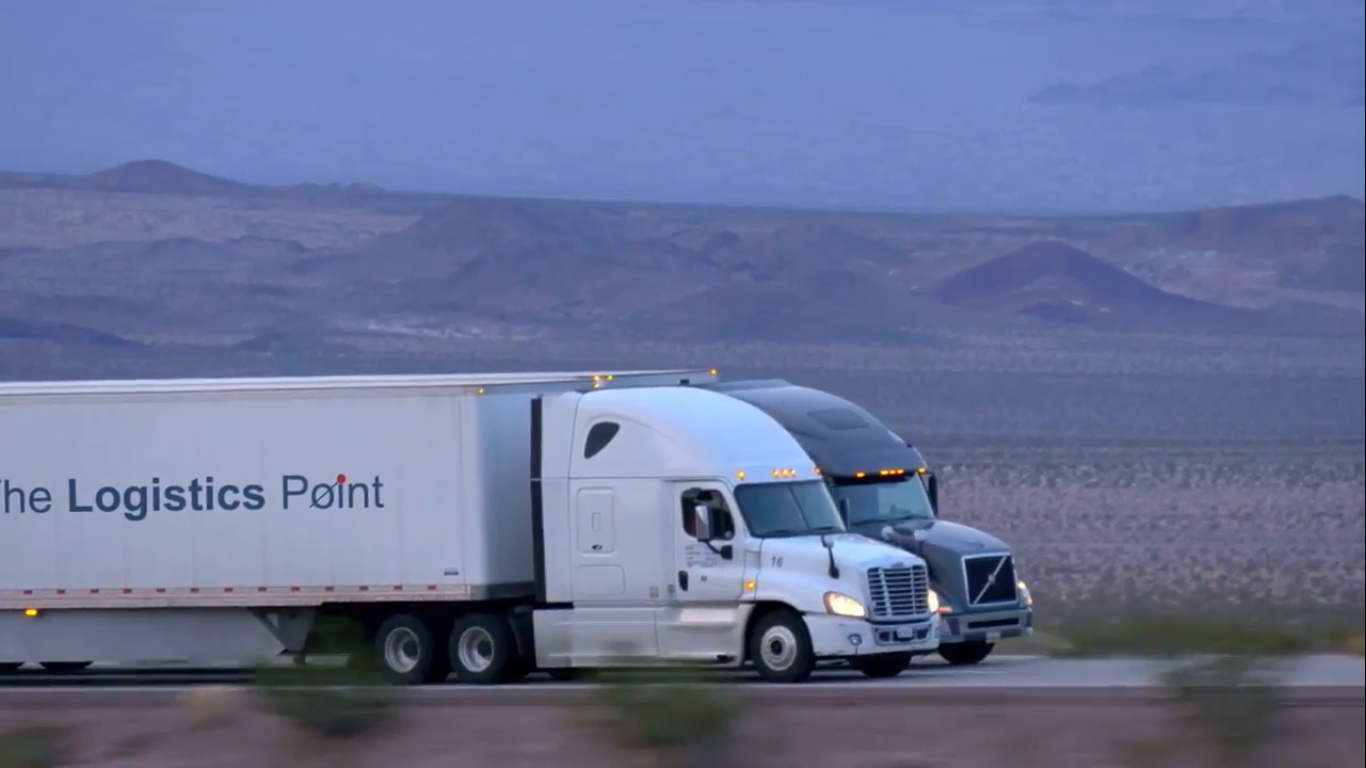As the industry looks to transition from traditional fuels to electricity many herald this as the start of a new age of mobility. According to Luke Buchholtz, Global Logistics Lead for the HDR Logistics Practice, who spoke to The Logistics Point, while the intention to transition away from fossil fuels, many companies may not be aware of planning a move of this nature will require.
Electrification of fleets takes the stage of many industry events and there is a good reason for that. Companies and consumers have become more aware of the advantages of electric fleets and as the technology progresses large manufacturers are due to unveil new fully electric vehicles, suitable for large scale distribution in the coming years. It seems that nothing could stop the shift to a greener future, but Luke Buzhholtz raises a few important points.
Power, power and more power
What would happen with the power network if suddenly every company electrifies its fleet? How could the system cope and what changes would be needed? A mass transition from petrol or diesel to electricity is something that governments are planning all around the world, but developers and logistics companies need to consider the added costs, extended of securing the required power and other potential hurdles. For example, large logistics facilities would need to increase their power capacity significantly if they are to charge full fleets of trucks overnight.
Currently there are multiple technological limitations making sound future planning difficult, as the vehicles and fast charging technology is still in development. Infrastructure planning and possible site changes cannot be planned for until this is determined.
“Larger logistics parks have more of a headache as not only are there more large warehouses in the area, but also more doors and therefore more possible charge points.”
What is certain is that every site will require more power, even small sites with one or two chargers available for a small business will need a power upgrade. Larger logistics parks have more of a headache as not only are there more large warehouses in the area, but also more doors and therefore more possible charge points.
Which inevitably leads to more power being required, this can also be coupled with the type of tenant on these large parks, which tend to be the larger tenants who will have corporate pressure to be more sustainable.
Regardless of the charging technology being used and the rate at which charging will take place, either by trickle-charging or rapid charging, a significant increase in power is likely.
Large logistics providers are aware of this potential issue and have already entered in conversations with their clients to plan in advance and some have likely begun engaging with their infrastructure provider. Vehicle manufacturers have been working on their product lines over a number of years and the first commercial options will reach the market at scale in 2021/2022. Once a standardised charging infrastructure for large vehicles is agreed, then the true planning can begin.

Large VS Small
Buchholtz is concerned the need to switch to electric vehicles will hit the smaller players, of which the logistics industry is largely made, the most. Large logistics providers are capable of leveraging larger fleets and execute easy to plan routes. For SMEs however routes can change throughout the day and if they have to find a fast charging station often, it would make the whole operation possibly inefficient and uneconomical. Coupled with possible government policies small players would be faced with the potential inability to execute orders.
Buchholtz also points to the need to transition to renewable sources. In the not so distant future where the energy comes from will be a major factor for success. Large providers have started experimenting with creating onsite microgrids, but the whole process would need to be re-designed from the ground up should EV truck fleets arrive on site. The biggest change is simply that in the fossil fuel era the refuelling of trucks was not often a real estate issue, but in the EV world this is no longer the case.
Last mile logistics where the delivery vehicle is EV is a good way for a company becoming familiar with the limitations and advantages of the shift away from fossil fuels. The last mile is undoubtedly the first mile in the shift to full scale electric vehicle in the logistics sector. ✷


